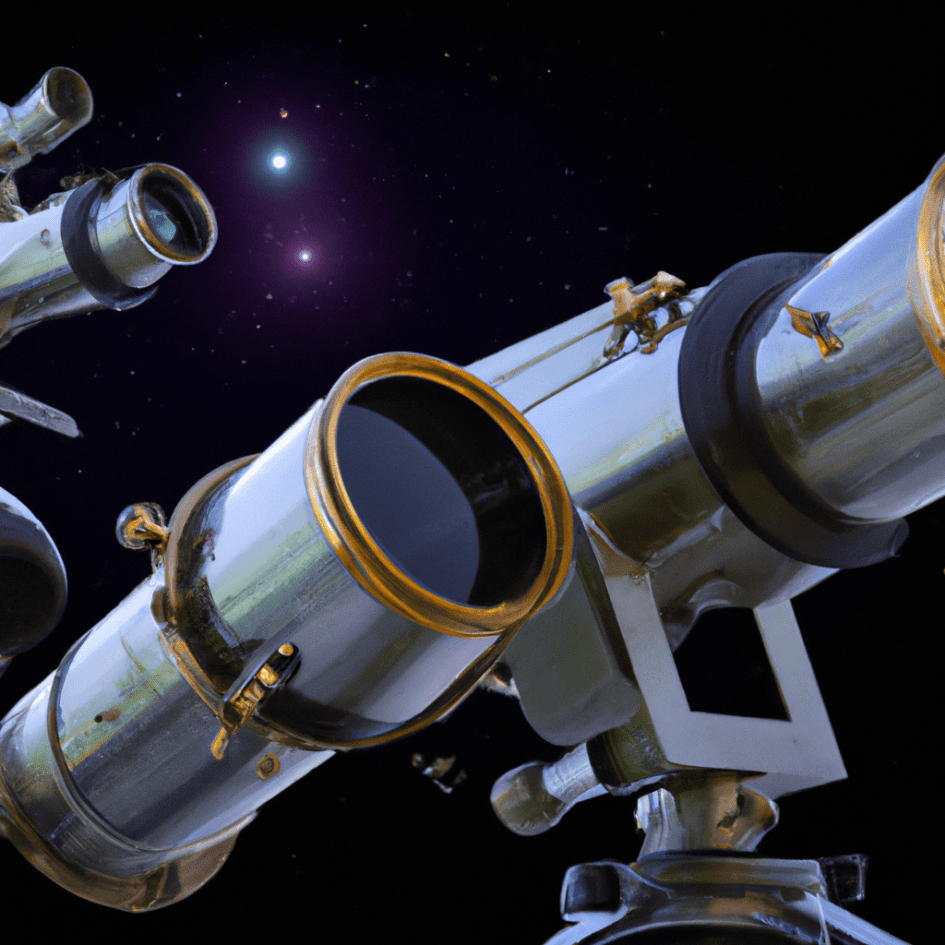The Wonderful World of Telescopes: Unveiling the Secrets of the Universe
Welcome to a journey through the fascinating realm of telescopes, where ancient marvels and cutting-edge technology collide to unlock the secrets of the universe. From Galileo Galilei’s humble invention to the mind-boggling telescopes of today, this article will take you on an exciting ride through space and time.
1. A Glimpse into History
Let’s start our astronomical adventure with a trip back in time. Back in the early 17th century, Galileo Galilei, an Italian scientist, revolutionized the way we perceive the universe with his groundbreaking telescope. Though his instrument was rudimentary by today’s standards, it allowed him to make unprecedented observations of celestial bodies.
- Galileo’s telescope had a magnification power of around 30x.
- He discovered mountains on the Moon, four moons orbiting Jupiter, and phases of Venus.
2. Enter the Hubble
Fast forward to the 20th century, where we witness the birth of a true modern marvel – the Hubble Space Telescope. Launched into orbit in 1990, the Hubble forever changed the way we view our universe.
- The Hubble can capture images with 10 times the clarity of telescopes on Earth due to its unique position beyond our planet’s atmosphere.
- It has produced jaw-dropping images of distant galaxies, nebulae, and even planets within our own solar system.
3. Peering into the Depths of the Universe
The universe is vast and full of mysteries waiting to be unraveled. In our quest to understand the cosmos, scientists and engineers are constantly developing even more powerful telescopes.
- The James Webb Space Telescope (JWST), set to launch in late 2021, promises to be the most powerful space telescope ever created. It will observe the universe in infrared light, allowing it to peer through cosmic dust and unveil stellar nurseries.
- Ground-based telescopes like the Extremely Large Telescope (ELT) are also pushing the boundaries of exploration. With a primary mirror spanning 39 meters in diameter, the ELT will capture images of distant galaxies with unprecedented detail.
4. Exploring the Final Frontier
Telescopes not only allow us to observe the universe but also search for extraterrestrial life. The search for habitable exoplanets outside our solar system has gained remarkable momentum in recent years.
- The Transiting Exoplanet Survey Satellite (TESS) is NASA’s newest exoplanet-hunting telescope. Launched in 2018, TESS has already identified thousands of potential new worlds beyond our solar system.
- Upcoming telescopes like the European Space Agency’s PLATO and NASA’s James Webb Space Telescope will continue to deepen our understanding of these distant planetary systems.
5. Fun Facts About Telescopes
No article on telescopes would be complete without a sprinkle of fun facts:
- The largest optical telescope in the world is the Gran Telescopio Canarias, or “Great Canary Telescope,” located in the Canary Islands. Its primary mirror measures a whopping 10.4 meters in diameter!
- If you were to point the Hubble Space Telescope at a beach ball, it would be able to detect the light from that beach ball from over a mile away!
So, dear reader, as you ponder the wonders of the night sky, remember that telescopes are our window to the vast cosmos beyond. They continue to expand our horizons, unraveling the mysteries of our existence, and igniting our curiosity to explore even further. Strap on your cosmic goggles and prepare for a mind-blowing journey through space and time!
